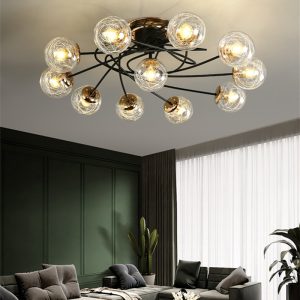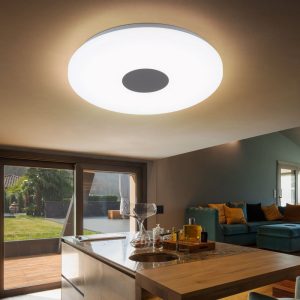Introduction
Searchlights have been in use for over a century to illuminate large areas and to help with search and rescue operations. They are incredibly powerful lighting tools, capable of projecting a beam of light up to several miles away. The use of searchlights may have declined over the past few decades, but they remain a critical tool where strong, focused lighting is required. In this article, we will explore the power and function of searchlights and how they have evolved over the years.
History of Searchlights
Searchlights have been in use since the 1890s, where they were first used in the military as a signaling device. They quickly found their way into other industries, such as shipping and aviation, where their powerful beams could light up the dark skies and illuminate landing strips. After World War II, the use of searchlights declined, but they remained a critical tool in other industries, such as film and advertising.
Types of Searchlights
There are several types of searchlights that are used today. The most common is the high-intensity xenon searchlight. These searchlights use a powerful xenon bulb that can produce a bright, white light that can be seen from several miles away. They are used in search and rescue operations, on ships, and in other industries that require powerful lighting to illuminate large areas.
Another type of searchlight is the LED searchlight. These searchlights are more energy-efficient than xenon searchlights, and they can last longer. They are also more compact and easier to transport, making them ideal for use in smaller search and rescue operations.
The Importance of Searchlights
Searchlights are a critical tool in many industries. They are used to illuminate large areas, to help with search and rescue operations, and to provide a strong signal in case of an emergency. They have also been used in advertising and film, where their powerful beams can create dramatic lighting effects.
Evolving Technology
The technology behind searchlights has continued to evolve over the years. LED technology has been a game-changer, making searchlights more energy-efficient and easier to transport. There have also been advancements in the materials used to create searchlight lenses, making them more durable and scratch-resistant.
Future Directions
The future of searchlights looks bright, with new advancements in LED technology and the increasing focus on energy efficiency. We may see more portable searchlights that can be used for outdoor activities, such as camping and hiking. There may also be advancements in the materials used to create searchlight lenses, making them more durable and scratch-resistant.
Conclusion
Searchlights may have been in use for over a century, but they remain a critical tool for many industries today. They are incredibly powerful lighting tools that can illuminate large areas and provide a strong signal in case of an emergency. With the advances in LED technology and the increasing focus on energy efficiency, the future looks bright for these powerful tools.
























